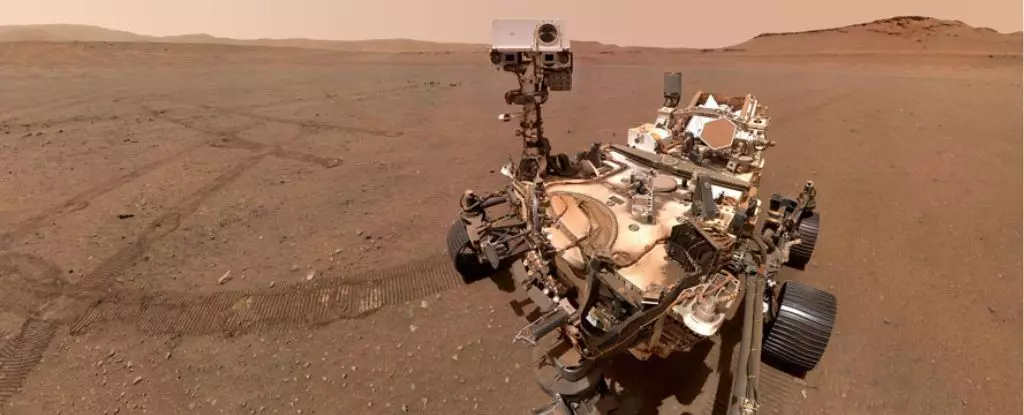The quest to return Martian rock samples to Earth has become increasingly complicated. Following the Perseverance rover’s successful landing in February 2021, NASA’s Mars Sample Return mission, originally slated for the early 2030s, has encountered unforeseen challenges that have led the agency to reconsider its approach. With climbing costs and a fast-approaching timeline, NASA is eyeing collaborations with industry giants like SpaceX and Blue Origin, founded by Elon Musk and Jeff Bezos, respectively. This evolution not only reflects the complexities of space exploration but also highlights the changing landscape of how we engage with extraterrestrial initiatives.
NASA’s exploration of partnerships with commercial entities underscores a significant shift in how major space missions are approached. The escalating expenses of the Mars Sample Return mission—originally estimated at around $11 billion—have necessitated a reevaluation of both design and execution strategies. By investigating partnerships with commercial players, NASA aims to harness the innovation and efficiency that these private companies have become known for. This shift aims to bring the projected costs down to between $5.8 billion and $7.1 billion, making the mission more financially viable. The implication here is clear: NASA is acknowledging that collaboration with private enterprises may yield not only cost reductions but also accelerated timelines for mission completion.
In the face of challenges, NASA is contemplating two potential architectures for landing a robotic platform on Mars, each with unique operational frameworks. The first option leverages the proven Sky Crane system, a method that has successfully deployed rovers onto the Martian surface in previous missions. The second option proposes a “heavy lift lander” produced by a commercial partner, showcasing the potential for innovative design solutions from the private sector.
The implications of these technological choices are multifaceted. For example, the shift from solar panels to a nuclear battery for the lander’s energy needs reflects an understanding of Mars’s environmental challenges, particularly dust storms that can impede solar energy generation. This redirection towards nuclear solutions accentuates a broader trend in space missions toward adopting advanced energy technologies that ensure sustained operational capacity under challenging conditions.
Global competition in space exploration is intensifying, with agencies not only in the United States but also in China, vying for firsts on Mars. Reports indicate that China is set to launch a simpler sample-return mission around 2028, potentially beating NASA to the punch. This juxtaposition raises critical questions about technological prowess, strategic planning, and the implications of national reputation in the era of space exploration. NASA Administrator Bill Nelson’s emphasis on the complexity of NASA’s mission in contrast to China’s approach highlights the different philosophies at play: while NASA aims for exhaustive scientific rigor, China seeks efficiency.
This discussion of international competition becomes more intriguing when we consider the symbolic implications of a successful sample return. A feat completed first by one nation could usher in a new era of prominence in space sciences, one defined by national pride and international prestige. As such, the dialogues surrounding the Mars Sample Return mission extend beyond technical aspects into the realm of geopolitics.
Ultimately, the Mars Sample Return mission remains underpinned by the anticipation of groundbreaking discoveries about the Red Planet. Perseverance’s primary focus has been to identify signs of ancient microbial life, a quest that could reshape our understanding of life beyond Earth. The implications of returning scientifically selected samples from Mars can yield invaluable data, propelling future research in astrobiology, planetary science, and possibly even human exploration of Mars.
As NASA navigates the complexities of this mission while acknowledging the competitive landscape and potential collaborations, the future of Mars exploration remains a dynamic and evolving discussion. With projected timelines extending into the late 2030s, the world watches closely, not just for the scientific results, but for how this mission shapes humanity’s role in space exploration.


Leave a Reply